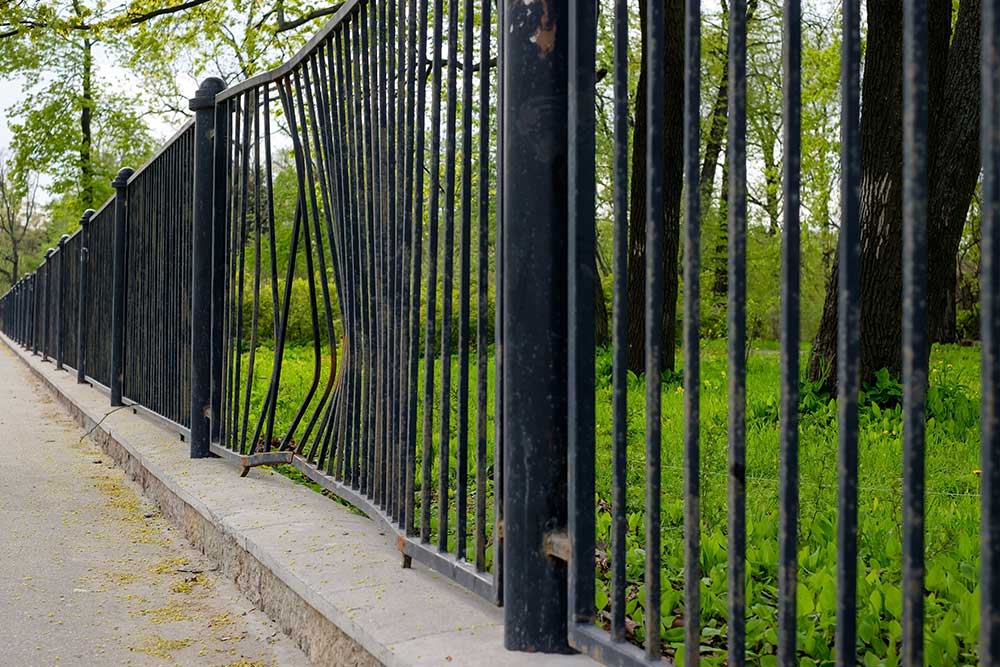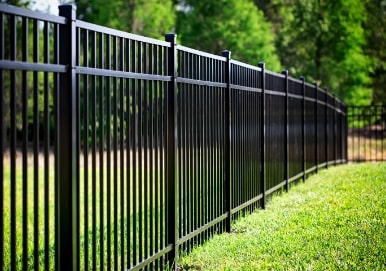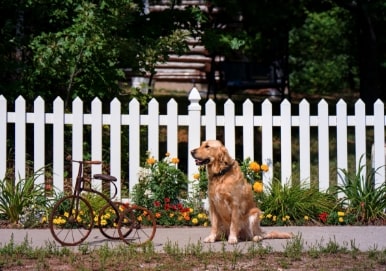An aluminum fence is a durable and attractive option for securing your property. However, even the toughest materials can bend due to heavy impacts, such as from strong winds, fallen branches, or pets pushing against the fence. Knowing how to fix a bent aluminum fence can save you time and money while restoring the look and functionality of your property. In this guide, we will cover practical steps to straighten or replace bent sections and maintain your fence’s integrity.

Assess The Damage
Start by carefully inspecting the bent section of your fence to determine the extent of the damage. Look for areas where the aluminum may have cracked or warped, as these will need different approaches for repair. Check surrounding posts, panels, and hardware to ensure there are no additional issues that need attention. This step is important to decide if the section can be repaired or if a replacement part is necessary.
Straighten Minor Bends
For small bends or dents in the fence, manual adjustments are often sufficient. Place a soft cloth or padding around the bent section to avoid scratching the surface. Use a pair of pliers or clamps to gently apply pressure and bend the aluminum back into place. Move slowly to avoid overbending, which can weaken the material further. In some cases, you may need to overcompensate slightly to achieve a straight alignment.
Use Leverage for Larger Bends
If the damage is more significant, you may need additional leverage to straighten the section. Use a sturdy piece of wood or a metal rod to create a support system. Place the support behind the bent area and apply steady pressure from the opposite side to reshape the aluminum. Clamps can also help hold the piece in place while you adjust it. Always work carefully to avoid causing further damage.
Replace Severely Damaged Sections
For severely bent or broken sections, replacement may be the best solution. Remove the damaged piece by unscrewing or detaching it from the surrounding posts or panels. Measure the area and order a replacement section that matches the existing fence. Many aluminum fences come with modular designs, making it easier to swap out individual parts. Once the replacement arrives, secure it in place using the original hardware or new screws, ensuring a tight fit.
Prevent Future Damage
To avoid future issues with your aluminum fence, take proactive steps to reduce the likelihood of bending. Trim overhanging branches that could fall onto the fence during storms and ensure pets or children do not put excessive pressure on the panels. If you live in an area prone to high winds, consider reinforcing the fence with additional brackets or supports. Regular maintenance and inspections will help you catch small issues before they become bigger problems. Our team at Good Neighbor Fence in Richmond, VA, is committed to high-quality craftsmanship and using top-grade materials to keep your fence in excellent condition for years to come.
A bent aluminum fence doesn’t have to be a permanent issue. By addressing damage promptly and following the right steps, you can restore its strength and appearance. Regular care, such as cleaning and inspections, will also help maintain its durability over time. If you’re ready to repair or upgrade your fence, Good Neighbor Fence can help. Get a quote today and let us help you with your fencing needs.





